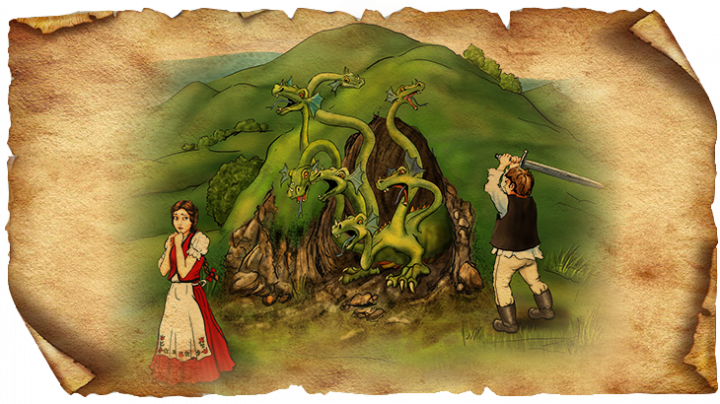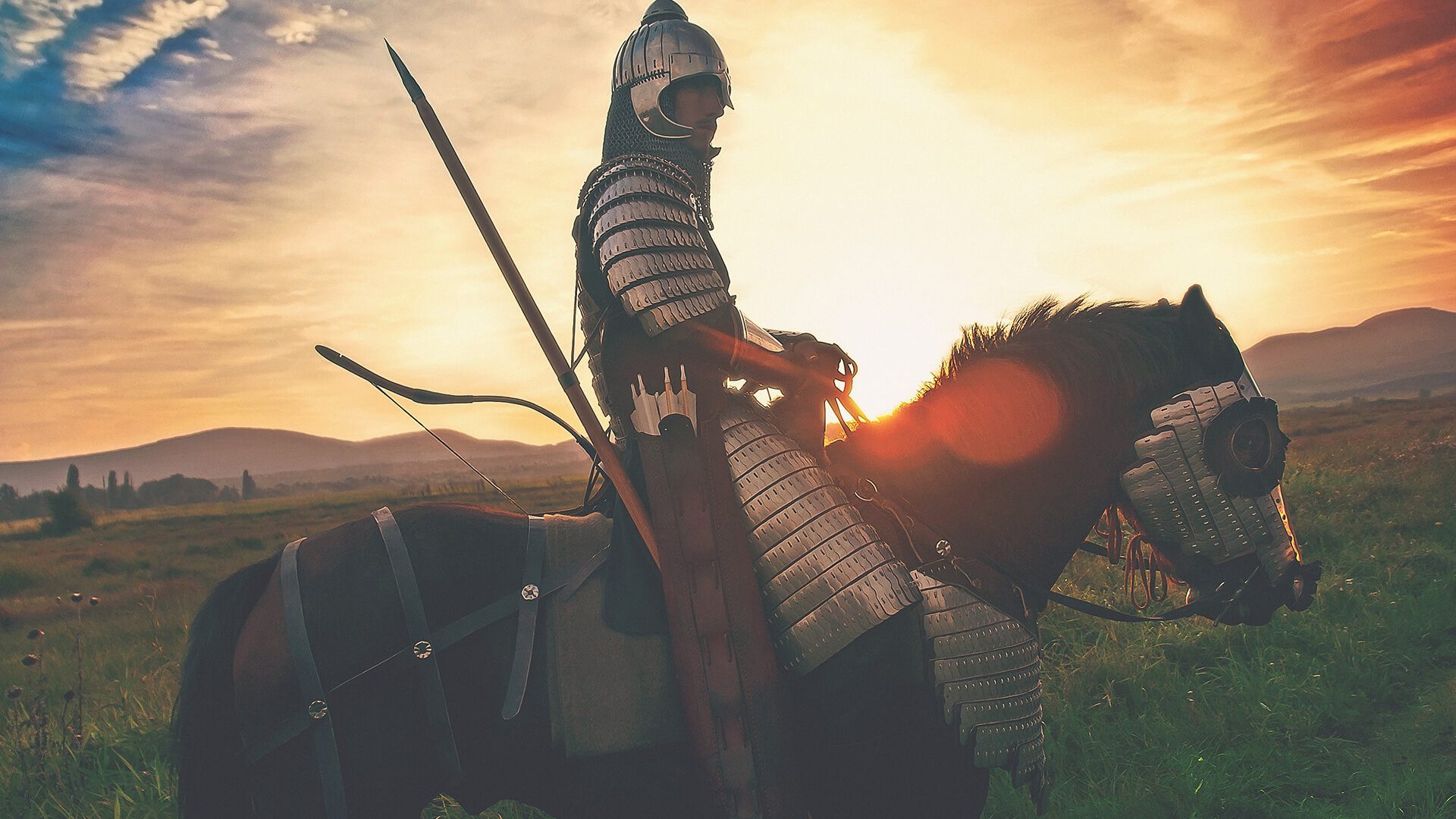Zaszpad's treasure cave - Aluniș

The area of Magyaró, situated north-east of Szászrégen / Reghin, was probably inhabited by Saxons centuries ago – as the name of the hill called Zászpád suggests, which can be a modified version of Szászpad. The mountain was believed to have been named after the local Saxon king who had a beautiful daughter. The girl was kidnapped by a dragon living in the depths of the mountain, and valiants, knights, princes came in vain from all places, none of them could defeat the beast.
Finally, an artful shepherd of Magyaró appeared, asking the king only to give him the brightest sword, and to post the most beautiful daughter of the area at the cave entrance for distraction. As the dragon rushed out from the cave, the hiding lad cut off all its seven the heads with one stroke. Being grateful to the shepherd, the king offered his daughter as wife for the shepherd – they danced so much during the wedding, that all the trees were dumped, and there were no trees at the top of the Szászpad hill.
According to another legend, the Tatars were also settled in Zászpád, and the robbed treasures were kept in a cave sealed with a iron grate. Although the Tatars were expelled from Magyaró's surroundings, their mysterious treasures may have been secured with curses, as all of the treasure hunters were completely absorbed by the earth. People were afraid of the place for a long time because it was believed that people entering the iron door never returned. There is also a belief that a lion lives in the cave: if someone throws a stone into the mouth of the cave, a terrible growl can be heard.
The village of Magyaró probably got its name from the nearby hazel bushes. The castle actually existed: the so-called Mentővár / Rescue fortress was built in the 1300s. For centuries, the inhabitants of Upper Maros Basin fled there, as they suffered not only from the devastation of the Tatar hordes, but also from other dangers.
Visitors of the village can still see the remains of the foundation wall of the castle, easy to be recognized. The small settlement is surrounded by forests, fields, pastures and streams with abundant water, so the area is an excellent hunting area. According to tradition, lords, crown princes regularly hunted in the forests around Magyaró, of course, except from the local landowners.
The church in Magyaró is considered as an important monument, since its sanctuary was built in the 15th century. It was broadened over the centuries, but in 1801 it was damaged by a fire. It guards a very valuable piece of art: a tin canna from 1620 and a bell made in 1660.
If we climb up from Magyaró in good weahter to the 1241 meter high Zászpád, we can see from the top even Marosvásárhely / Târgu Mureș. Do not be afraid, because the offsprings of the legendary shepherd are still grazing their sheep there, and there are no Tatars or beasts in the cave.
Finally, an artful shepherd of Magyaró appeared, asking the king only to give him the brightest sword, and to post the most beautiful daughter of the area at the cave entrance for distraction. As the dragon rushed out from the cave, the hiding lad cut off all its seven the heads with one stroke. Being grateful to the shepherd, the king offered his daughter as wife for the shepherd – they danced so much during the wedding, that all the trees were dumped, and there were no trees at the top of the Szászpad hill.
According to another legend, the Tatars were also settled in Zászpád, and the robbed treasures were kept in a cave sealed with a iron grate. Although the Tatars were expelled from Magyaró's surroundings, their mysterious treasures may have been secured with curses, as all of the treasure hunters were completely absorbed by the earth. People were afraid of the place for a long time because it was believed that people entering the iron door never returned. There is also a belief that a lion lives in the cave: if someone throws a stone into the mouth of the cave, a terrible growl can be heard.
The village of Magyaró probably got its name from the nearby hazel bushes. The castle actually existed: the so-called Mentővár / Rescue fortress was built in the 1300s. For centuries, the inhabitants of Upper Maros Basin fled there, as they suffered not only from the devastation of the Tatar hordes, but also from other dangers.
Visitors of the village can still see the remains of the foundation wall of the castle, easy to be recognized. The small settlement is surrounded by forests, fields, pastures and streams with abundant water, so the area is an excellent hunting area. According to tradition, lords, crown princes regularly hunted in the forests around Magyaró, of course, except from the local landowners.
The church in Magyaró is considered as an important monument, since its sanctuary was built in the 15th century. It was broadened over the centuries, but in 1801 it was damaged by a fire. It guards a very valuable piece of art: a tin canna from 1620 and a bell made in 1660.
If we climb up from Magyaró in good weahter to the 1241 meter high Zászpád, we can see from the top even Marosvásárhely / Târgu Mureș. Do not be afraid, because the offsprings of the legendary shepherd are still grazing their sheep there, and there are no Tatars or beasts in the cave.
